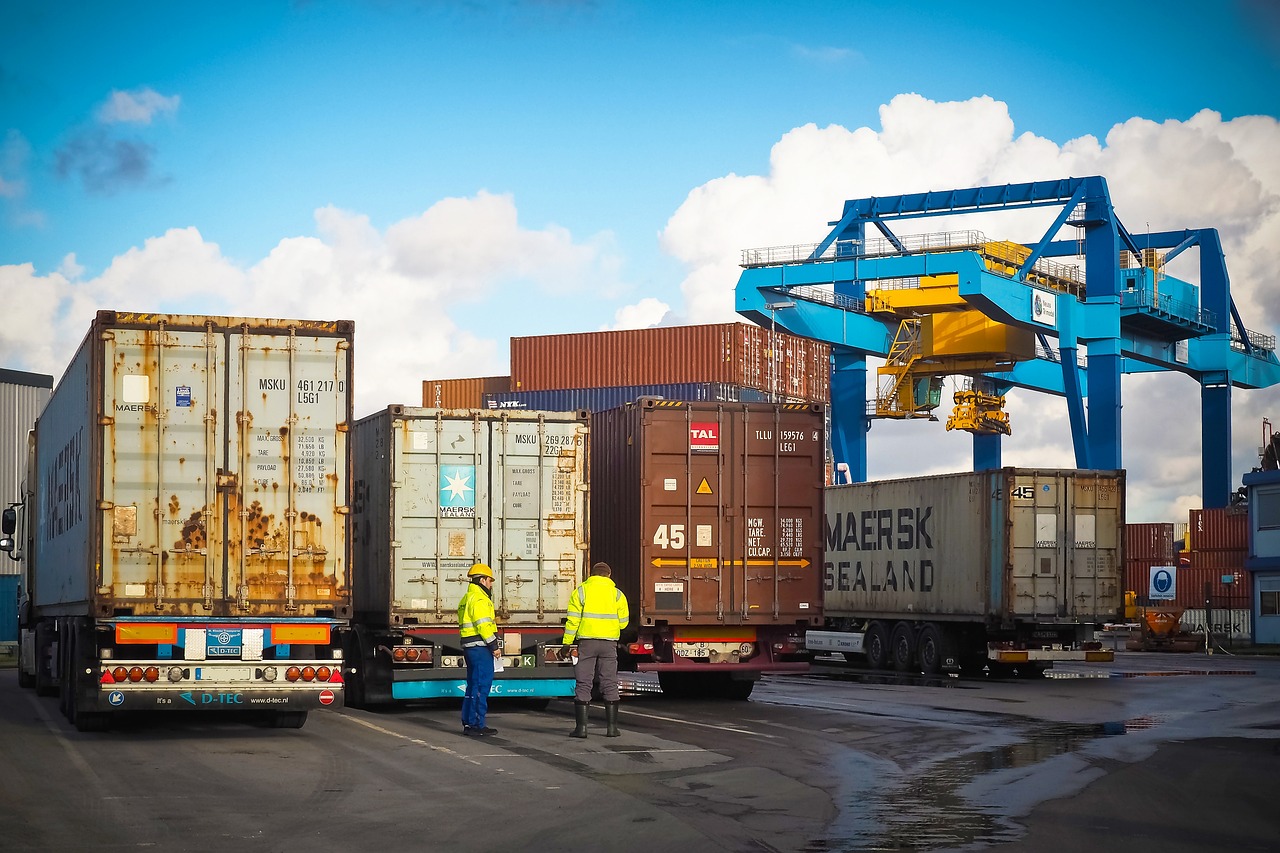
With the rise of ridesharing services like Uber and Lyft, and delivery platforms like Door Dash and UberEATS, thousands of Canadians are turning to these flexible opportunities to supplement their income. However, understanding the tax obligations associated with these activities is crucial. Not reporting your earnings or mismanaging your deductions could lead to penalties from the Canada Revenue Agency (CRA).
This guide aims to walk you through all the essential tax considerations for rideshare and delivery drivers. Whether you're just getting started or have been working for a while, we’ll help you understand how to properly file your taxes, report income, and maximize your deductions.
At Softron Tax, we specialize in providing expert guidance to rideshare and delivery drivers, helping you minimize your tax burden while staying compliant with CRA regulations. Our experienced professionals are here to help you every step of the way.
Income Tax Obligations for Rideshare & Delivery Drivers
1. Self-Employed Tax Status
Rideshare and delivery drivers are considered self-employed rather than employees of the platforms they use. This means they are required to report their income as business income on their personal tax returns, which has important implications.
As a self-employed individual, you are responsible for:
2. Reporting Income
All the money you earn from rideshare and delivery driving is considered business income and must be reported on the T2125 – Statement of Business or Professional Activities form when filing your T1 personal tax return. This includes:
Deductible Business Expenses
Being self-employed allows you to deduct various expenses that are directly related to your driving activities. These deductions help reduce your taxable income, ultimately lowering the amount of tax you owe.
1. Vehicle Expenses
One of the largest deductions for rideshare and delivery drivers is vehicle-related costs. You can deduct the portion of expenses that relate to your business use.
Expense Type Examples:
Example: Jenna uses her car for both personal and business purposes. She drove 30,000 km in 2024, of which 20,000 km were for Uber and UberEATS. That means 67% of her vehicle expenses can be claimed as business expenses. If Jenna's vehicle expenses for the year were $9,000 (fuel, maintenance, insurance, and other costs), she can deduct 67% of that amount for business use. Her deductible vehicle expense would be $6,030.
2. Capital Cost Allowance (CCA)
If you own the vehicle, you can claim Capital Cost Allowance (CCA), which allows you to gradually deduct the cost of the vehicle over time. The CCA rate for passenger vehicles is 30%, using the declining balance method.
Example of CCA Calculation: Jenna purchased her vehicle for $30,000. In the first year, the CCA deduction is calculated as follows:
GST/HST Obligations
1. Mandatory Registration
If you are a rideshare driver, you must register for a GST/HST account immediately after you start earning income. Unlike most small businesses, rideshare drivers must register regardless of whether their income exceeds the $30,000 threshold because they are considered a taxi service under Canadian law. For delivery drivers, GST/HST registration is only required if your total revenue exceeds $30,000 over four consecutive calendar quarters.
2. Charging GST/HST
Once registered, rideshare drivers must charge GST/HST on every fare. The GST/HST rate varies by province (e.g., 13% in Ontario, 5% in Alberta).
Example: Jenna gives a ride in Ontario where the fare is $30. She must charge 13% HST, bringing the total fare to $33.90.
3. Input Tax Credits (ITCs)
You are entitled to claim Input Tax Credits (ITCs) to recover the GST/HST paid on business-related expenses, such as fuel, repairs, and vehicle maintenance. This can significantly reduce the amount of GST/HST you owe to the Canada Revenue Agency (CRA).
Example of ITC Calculation: If Jenna spends $3,000 on fuel for business use in Ontario, she pays $390 in HST (13% of $3,000). She can claim this $390 as an ITC, reducing her GST/HST remittance.
4. GST/HST Filing
Registered drivers must file their GST/HST returns either quarterly or annually, depending on their total revenue. This return will include:
Taxable Income Calculation Example
Let's walk through a comprehensive example:
Gross Income (from fares, delivery fees, and tips): $40,000
Deductible Expenses:
Net Business Income = $40,000 - $21,300 = $18,700
Jenna would report a net business income of $18,700 on her T1 return.
Record-Keeping Tips
Keeping accurate records is essential for filing an accurate tax return and maximizing your deductions.
Posted on 15 November 2024


